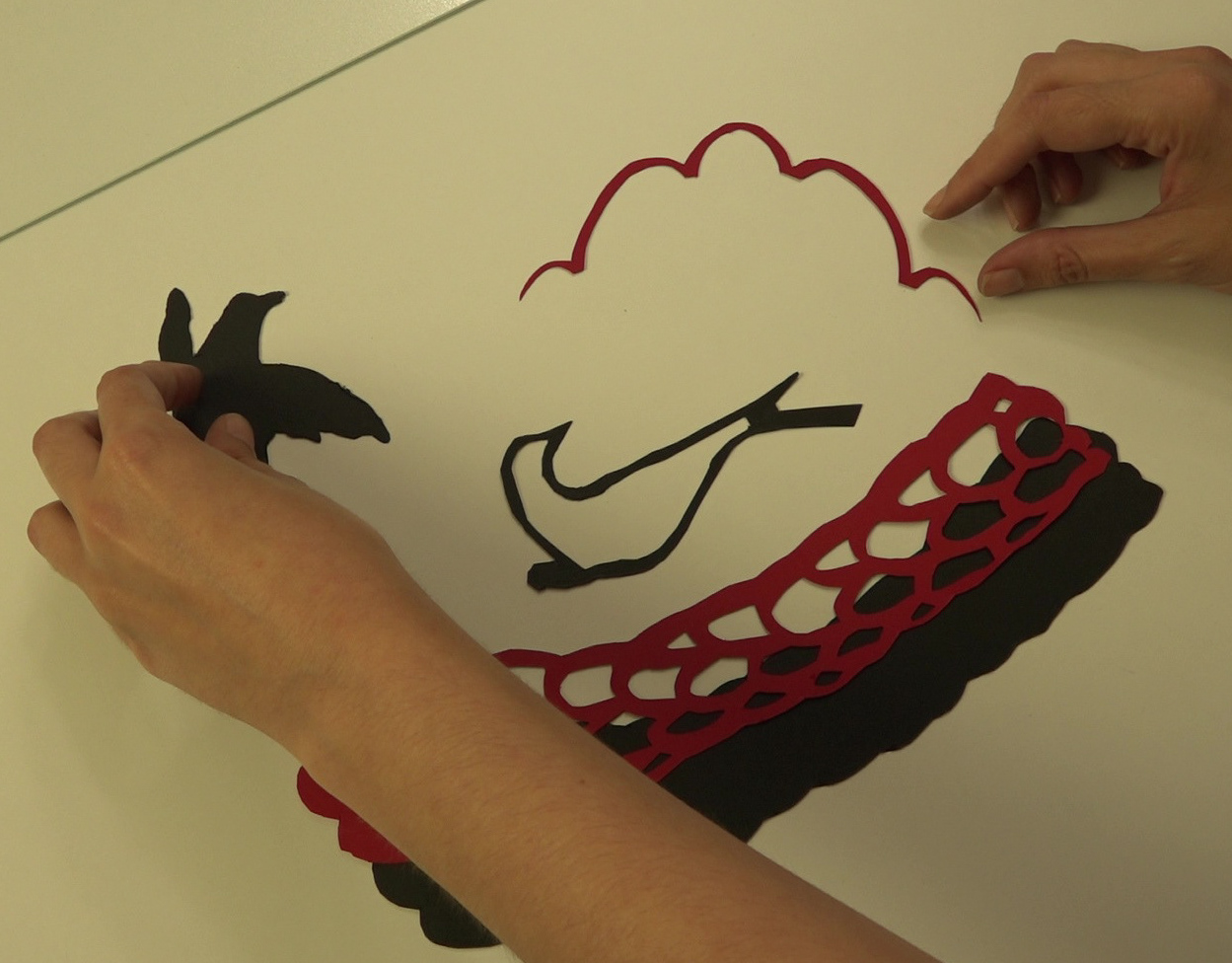
Slipper Palace
The Slipper Palace is an example of the multitude of entrepreneurship within a participatory art and design project. The initiative is related to the urban and cultural context of the National Palace of Queluz, in the municipality of Sintra, the Metropolitan Area of Lisbon, and a community of local artisans who intend to benefit from the cultural and commercial potential of the place.
2021
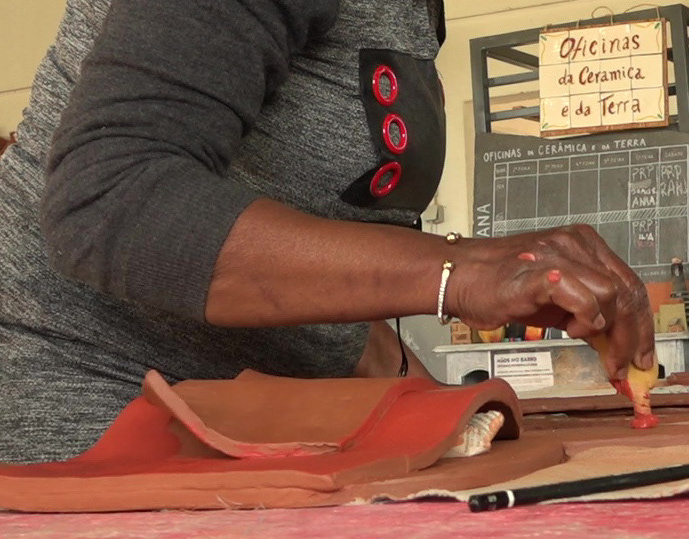
Shifting Ground Lx
Shifting Ground Outro Chão is an immigrant outreach project using art making and the creative process as a vehicle for learning about each other and for finding a sense of place within a new culture, while also retaining pride in one’s heritage. This time Shifting Ground occurred in Lisbon and was supported by the UpStart project, an initiative promoted by the Aga Khan Foundation in partnership with the University of Évora.
2021–22

Shifting Ground CR
Shifting Ground is an immigrant outreach project using art making and the creative process as a vehicle for learning about each other and for finding a sense of place within a new culture, while also retaining pride in one’s heritage. The first part was held in Cedar Rapids, Iowa, USA, and sponsored by he Iowa Ceramic Center and Glass Studio.
2019
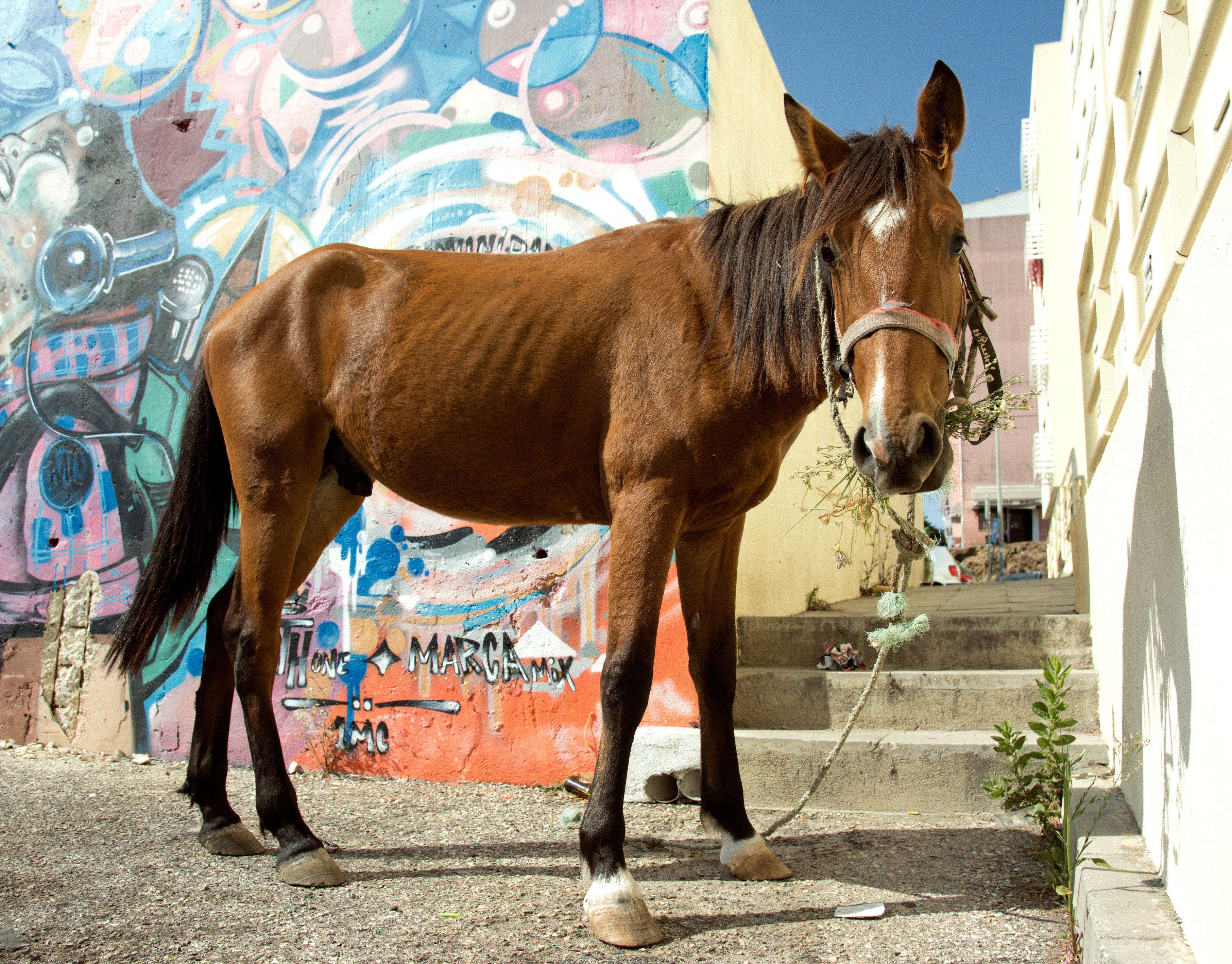
Catapult
Social engaged art project developed in Barrio do Pendão, Sintra, on the outskirts of Lisbon. The project began with a proposal made by the Aga Khan Foundation, with which was established a collaboration platform to initiate a project with a group of local residents. The initiative aimed to support locals and enhance knowledge through the identification and mapping of techniques, arts and crafts developed from their cultural heritage.
2018—2019
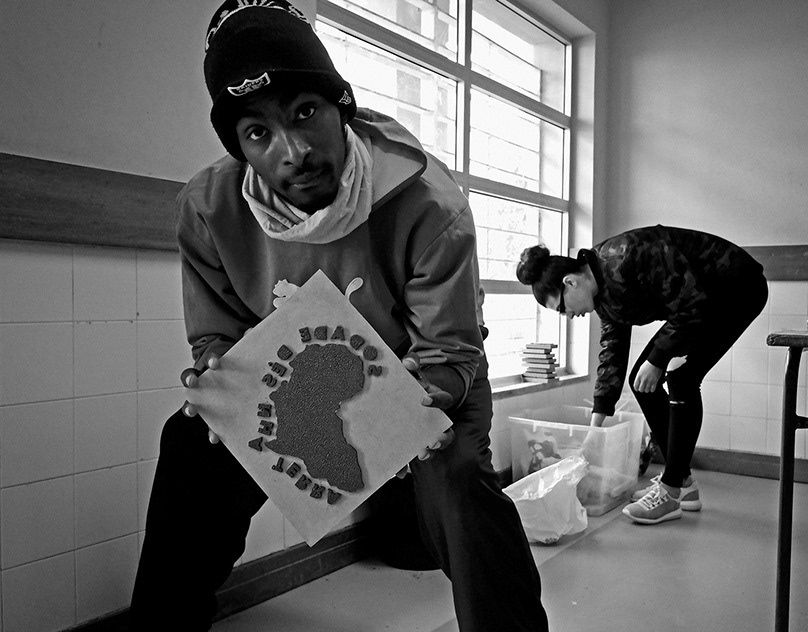
+ South
Social engaged art project developed in Barrio do Moinho das Rolas and Barrio dos Navegadores, in Oeiras, on the outskirts of Lisbon. The project began with a proposal made by the Aga Khan Foundation, with whom was established a collaboration platform to initiate a project with local residents. Starting from the participants’ labour activities and their knowledge, cloth sacks with African fabrics and visual poems were produced.
2017—2018

Kowork
Social engaged art project developed in Bairro do Alto da Cova da Moura, Amadora, on the outskirts of Lisbon. The social initiative was created and boosted by a local association called Moinho da Juventude. The participants collaborated in the development of a co-design project that led to the construction of urban furniture.
2015—2017
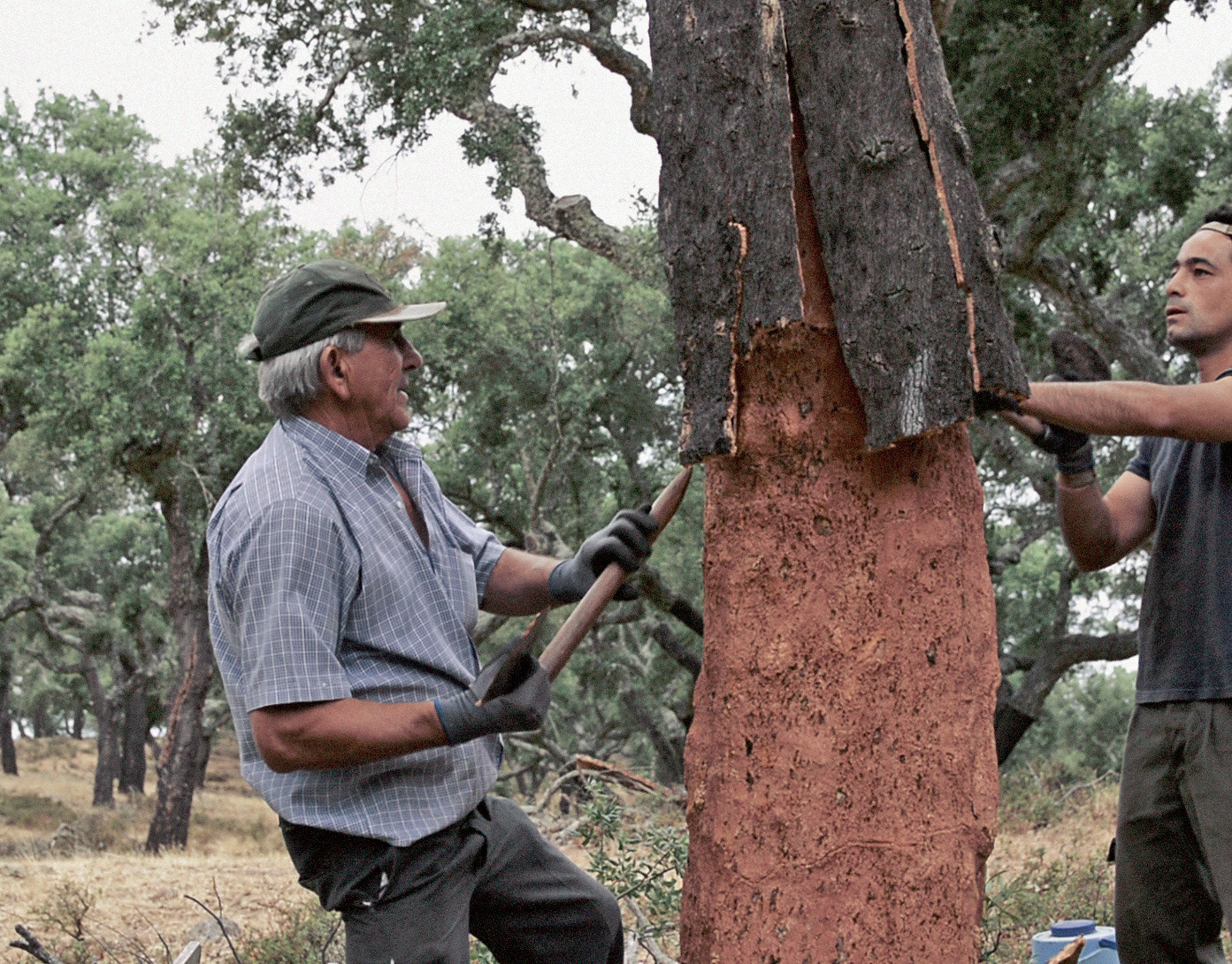
Creative Practices Around the Production of Cork
Social engaged art project developed in Azaruja, Alentejo, Portugal. The study is based on a consideration of the local place formulated around cork labour activity which represents the social and humane dimension of sustainability.
2014—2015
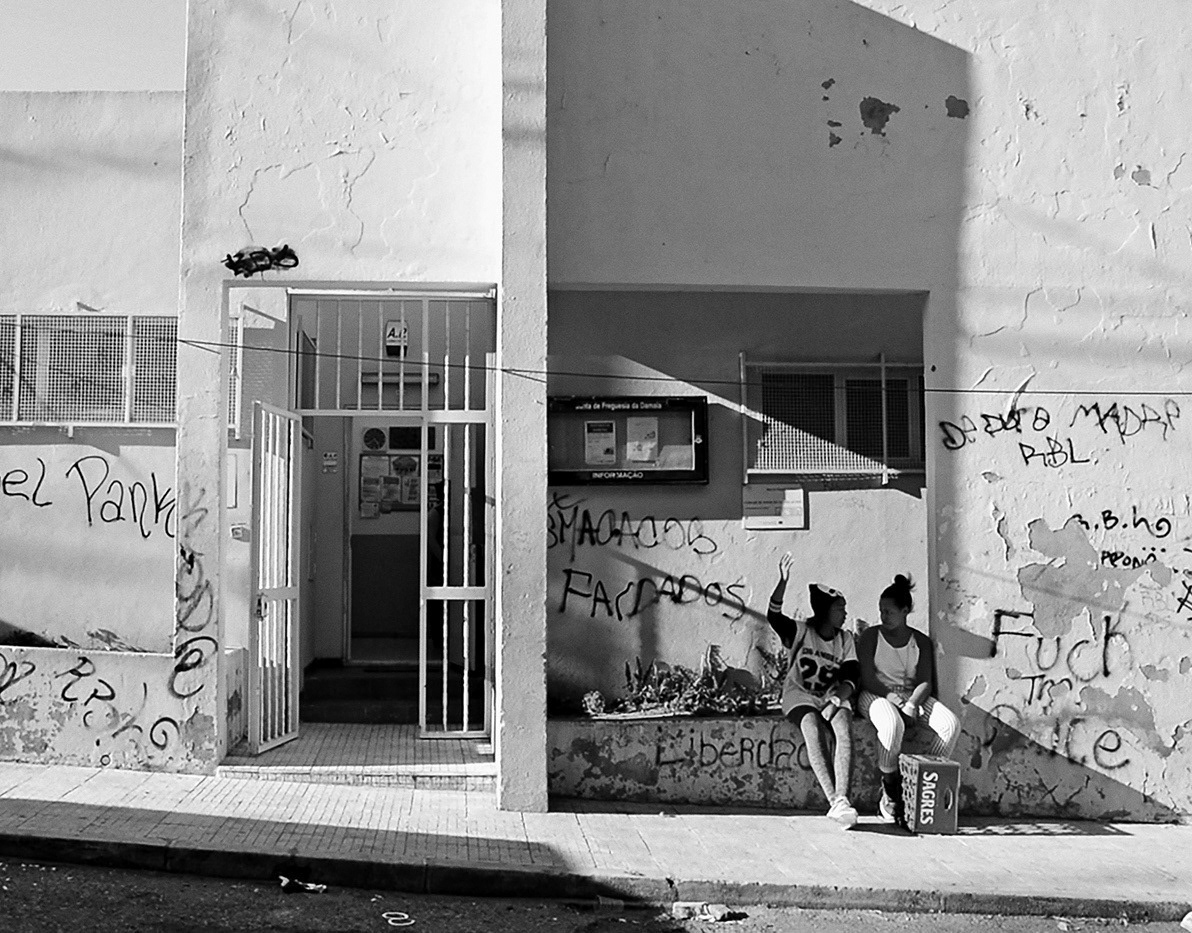
Netskola
Social engaged art project developed in the neighbourhood of Barrio da Estrada do Alto da Damaia, in Amadora, on the outskirts of Lisbon. In partnership with local associations, training actions were created related to ICT and multimedia literacy.
2013—2015
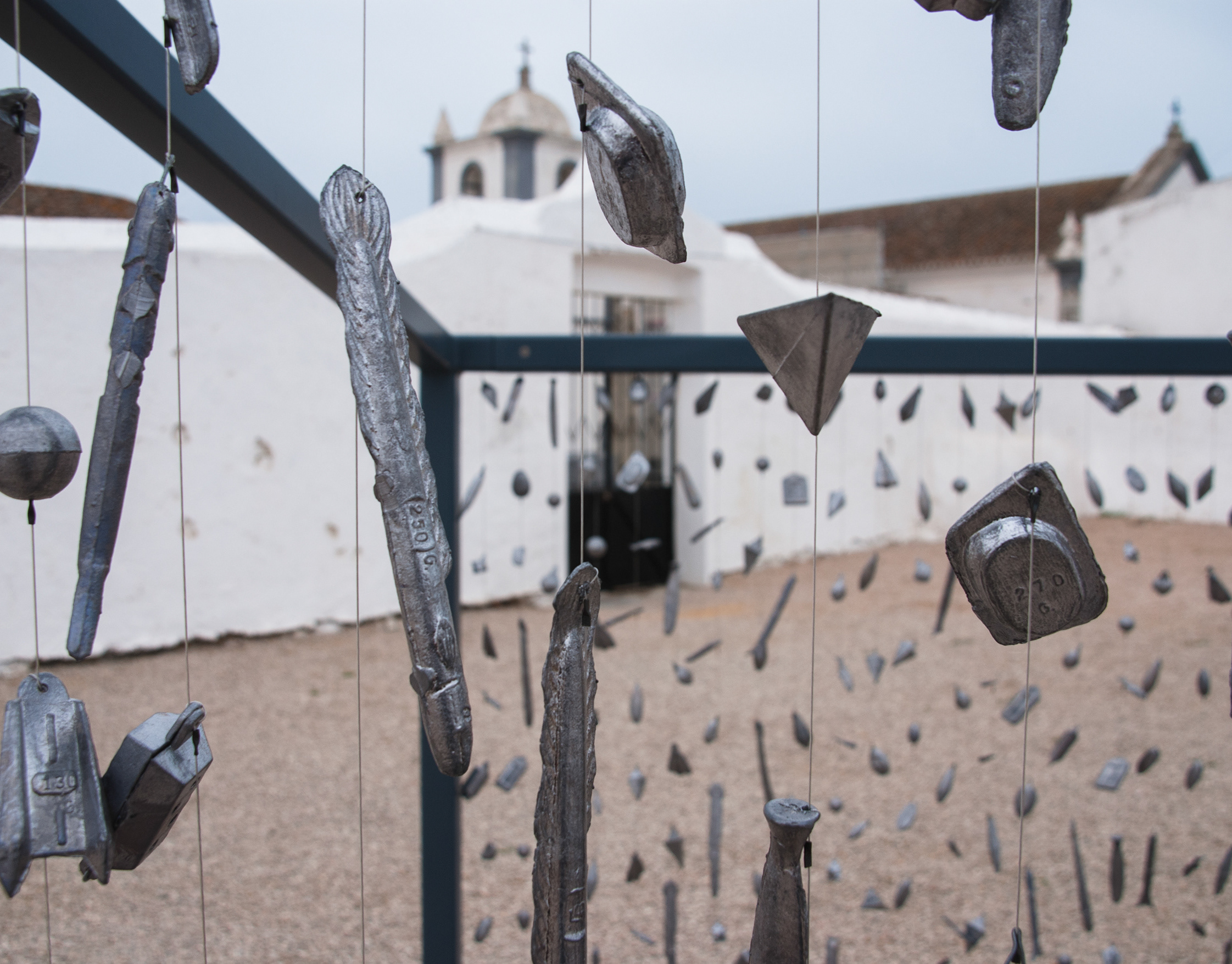
Artistic Interactions with Cacela Velha
Participatory art project developed in the Cacela Velha community, Algarve, South of Portugal. This project was grounded on an integrated perspective of place perceived in its complexity – relating to human, geographical, economic, biophysical, political, historical, cultural and social dimensions that widely characterise local life experiences.
2007—2009
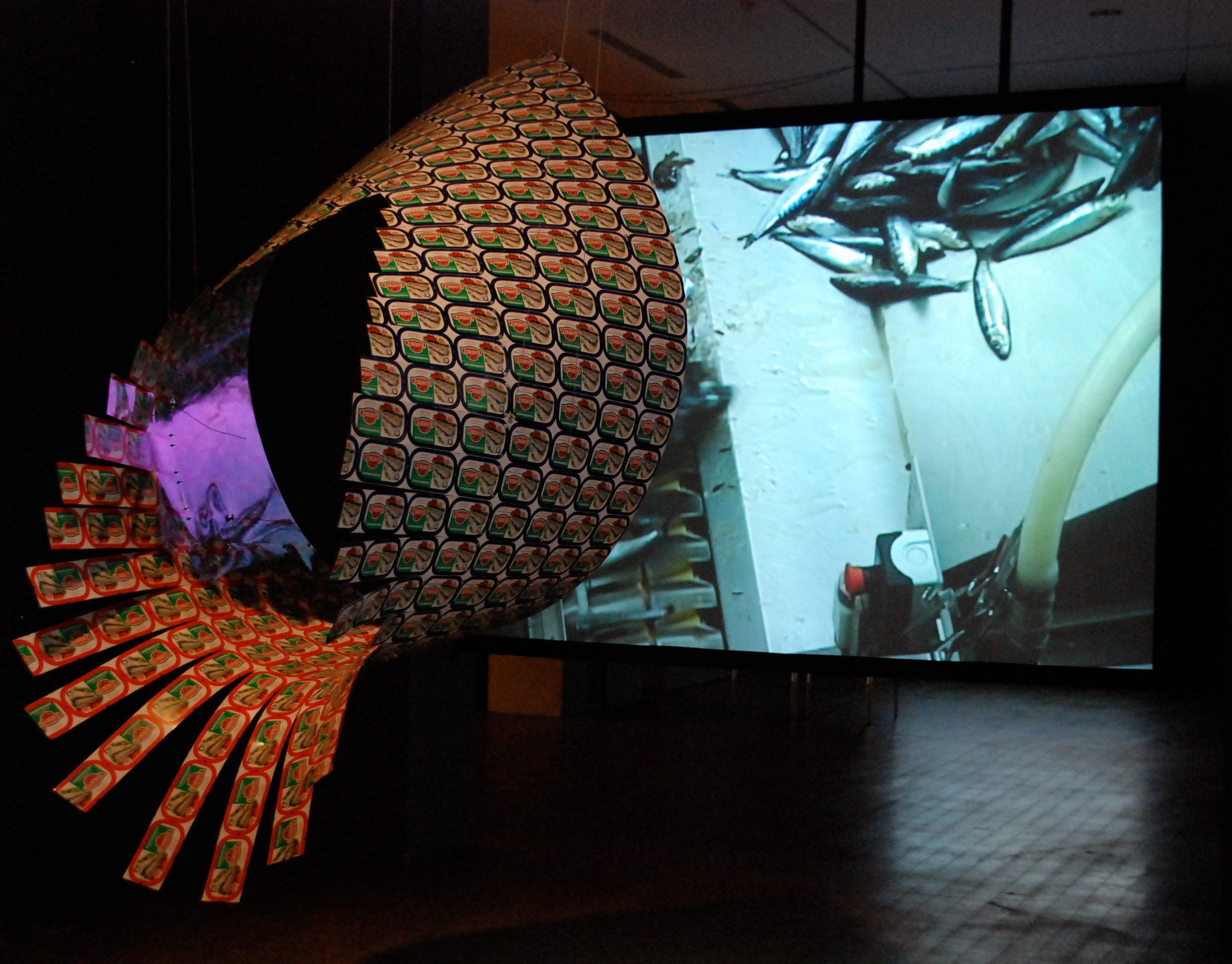
Ramification
Ramification is a piece about the sardine industry in Portugal, in particular about the Ramirez canning factory, the oldest producer and exporter of preserved foods in Portugal and Europe (est. 1853).
2008

Salt Paths
Participatory art project developed in the Castro Marim community, Algarve, South of Portugal. It was grounded on an integrated perspective of place perceived in its complexity – relating to human, geo-graphical, economic, biophysical, political, historical, cultural and social dimensions that widely characterise local life experiences. The formal character of the sculptures in salt resulted from the interaction with place, understood in an integrated way.
2000—2003

bios & publications